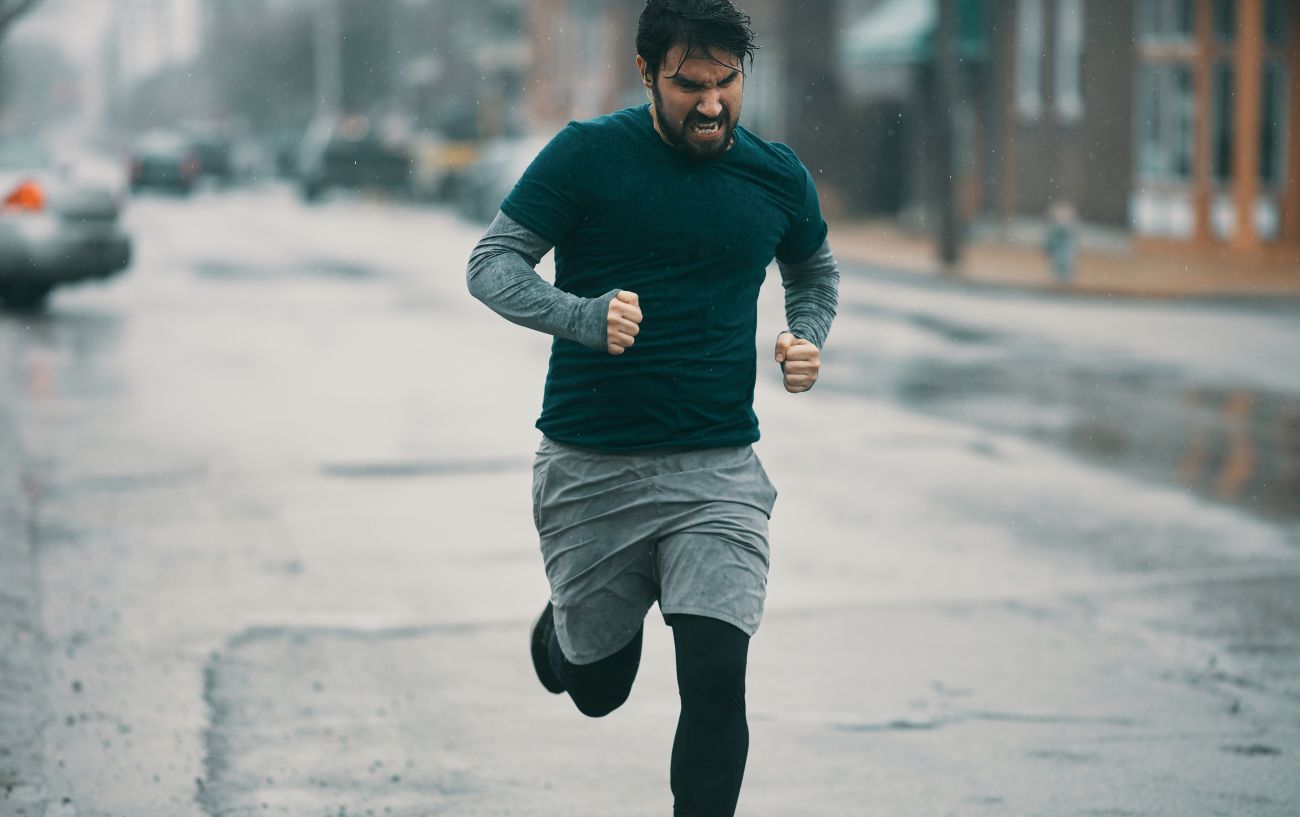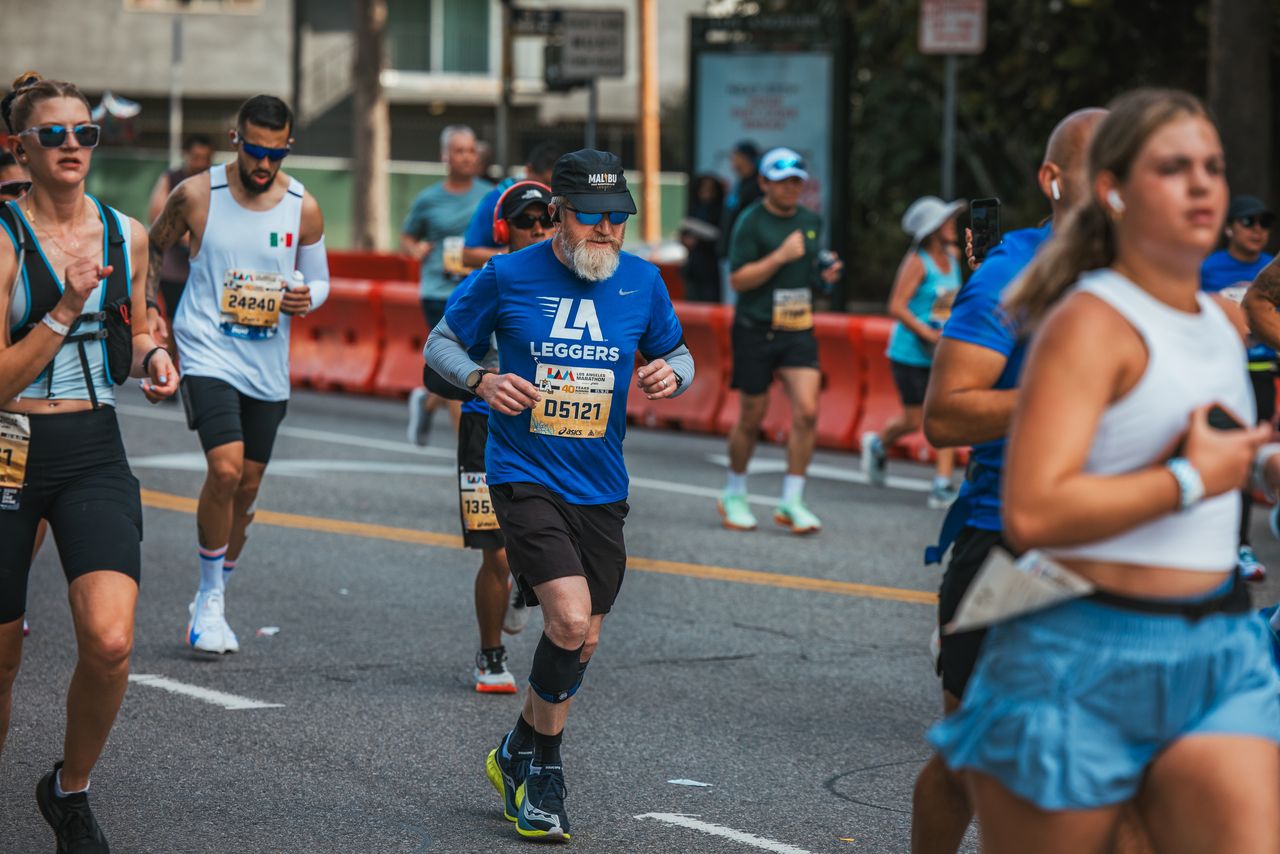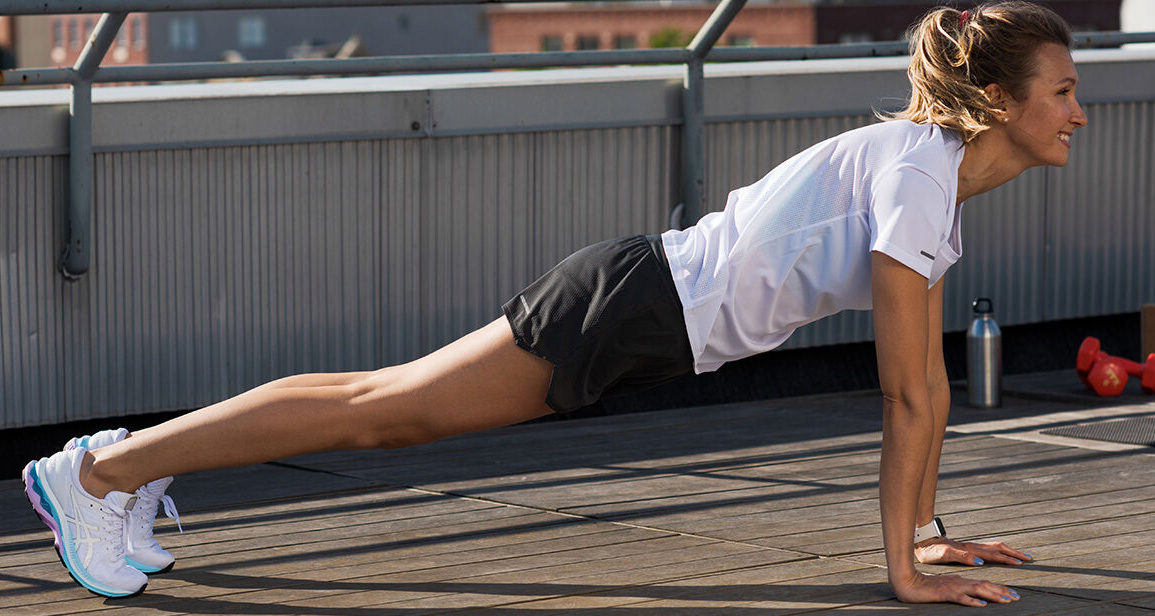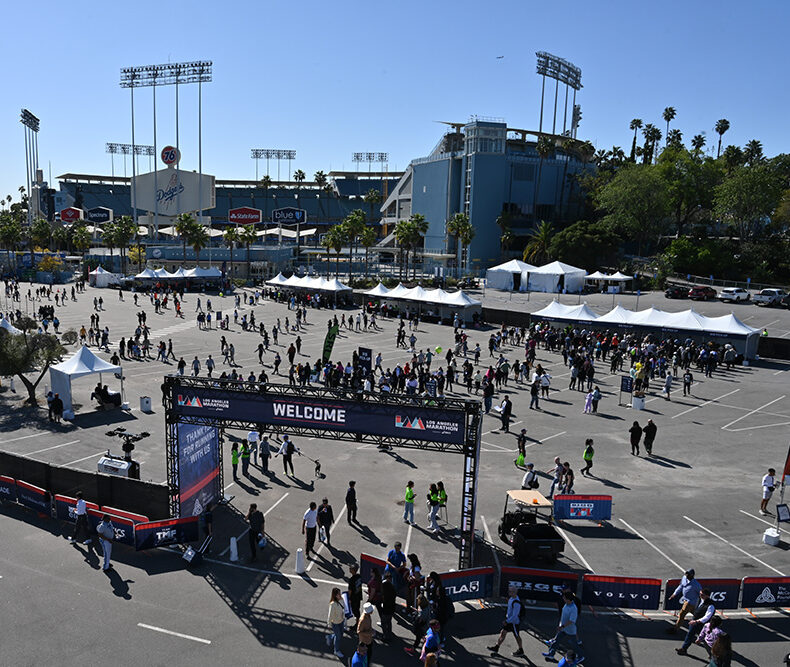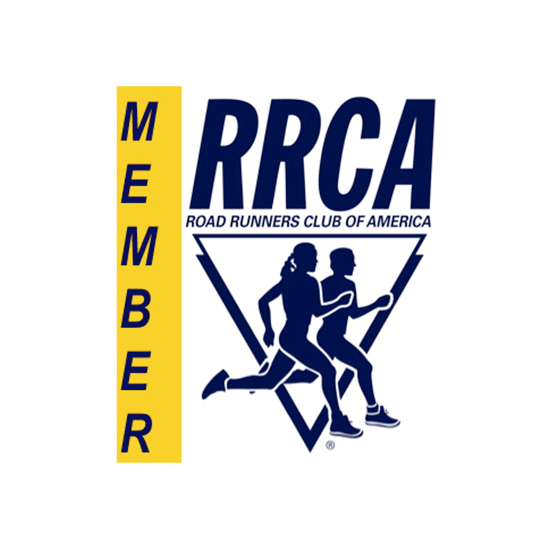There are a couple of truisms you will hear veteran Leggers say over and over. Things like, “Nothing new on race day!” and “Don’t forget to hydrate!” Now that we’ve had some sunny and some stormy days and even some smoky days in the last month it’s time to remember another adage that pops up at this time of year: “Anything can happen on race day!”
One reason our training season is as long as it is that we want to prepare for all the eventualities. March in Los Angeles is fickle! Sometimes it’s still winter and sometimes it’s practically summer. In the 15+ years I’ve been participating in the race I have seen runners and walkers so wet and frozen that they had to be put in “warming buses,” and I’ve seen days so hot that the course stations ran low on water and the med tents were full of heat stroke victims.
I have also gotten a 4 AM phone call canceling a race because of smoke (that was the 2008 Pasadena Marathon, canceled because of November wildfires). It looks like the current storm will at least knock that terrible possibility off of the board, but we should all be prepared to jump whichever way we need to because, as any veteran Legger knows, “Anything can happen on race day.”
So what to prepare? What to expect?
First off, don’t skip a training because of weather (unless it’s truly hazardous out there). Do we train in the rain? Yes we do! Because we might be handed a rainy marathon day. The 2011 Marathon was nicknamed the “Monsoon-athon” by those of us who were there. As I mentioned above the organizers wound up parking city buses by the finish line, blasting the heaters inside, and herding racers into them.
So, what do you need to do about a cold and rainy race day?
– First, make sure you prep with Body Glide or petroleum jelly or similar products. Water washes the skin squeaky clean, which means you’re ripe for chafing! Without normal body oils you will get some painful rubbing. Lubricate early and often! You will see people offering petroleum jelly on the course — grab and apply.
– Trash bags and rain shells are your friends. Stay as dry as you can as long as you can, but shed the gear if you overheat.
– You are going to get wet…but that’s also a good thing because heat is the real enemy. People often post a super-speedy time on cold and rainy days. I believe that was true of the elites in 2011.
– HOWEVER, when you finish your body temp is going to CRASH. The minute you get that medal on you, get warm ASAP. If you don’t you are going to be miserable. Hang on to your heat shield and get into a warm environment as you recover.
Earlier this year we posted a great piece about foul weather gear by Coach John Phillips — check it out here.
ON THE OTHER HAND … what if it’s hot?
About a third of the L.A. Marathons I have participated in end with temperatures near 80 at the Finish line. For many this is a recipe for misery of a different kind: cramps, extreme fatigue, even heatstroke.
How to prepare for heat? How should you respond?
There’s only so much we can do as a training program to get you experienced with heat. We tend to finish our trainings well before the warmest part of any day, so there is a disadvantage to that. In a perfect world we’d get you out there in 80+ degrees a couple of times during the season to make sure you know what it’s like and how to respond. The wonderful ocean breezes also defeat us there: our training courses are almost too perfect! You’ll know what I mean if it’s a warm day this March and you’re tooling along Santa Monica Blvd. east of Sepulveda wondering how you ever got talked into this.
What to do?
First: on a hot day there are two important things to remember: fuel/salt/hydration is the name of the game, and don’t expect to set speed records.
If you are walking or running distance it’s useful to pretend that the thermometer is actually 10-15 degrees hotter than it is because that’s the net effect on your body. In other words, if it’s 80 degrees out you should act like it’s 95 degrees. What do you do when it’s that hot out? Well, you make sure you’re getting water and electrolytes for starters (and carbs of course). And you SLOW DOWN…records are set when it’s 60 degrees out, not when it’s 80 degrees out!
– Make sure your gear includes a hat, a cooling towel, sunglasses, etc. You want to mitigate the fierceness of the sun: keep it off your face and out of your eyes. And wet that towel/cloth and put it on your neck for relief. Even a simple bandanna will do the trick.
– Got sunscreen? Again, we don’t often train when the sun is high in the sky, so be ready if it is.
– Stay on top of hydration and salt. THAT is your main job! Keep supplied!
– Be careful when you pour water on your head. It’s very helpful for cooling, but bend at your waist and don’t let it run down into your shorts and shoes. Also — make sure it’s WATER that you are pouring on your head. Gatorade down your back is most unpleasant.
– Listen to your body and slow down if you need to. Just keep that constant forward motion.
– A cold plunge (bath or ocean) is a great finish to a hot course. It’ll bring your core temperature down rapidly and make your twitchy muscles very happy.
Finally, no matter the weather you have one advantage as a Legger: our amazing Marathon Support Stations. There are three of them and you can get aid there and (even better) you can have your own little care packages waiting for you. Look for more about these in the next month, but basically you can put whatever you want/need into a Ziploc bag with your name on it.
Once upon a time I had a pair of dry socks waiting for me at a Leggers station on a soggy Marathon Day and I don’t think I’ve ever been happier about footwear!
Remember: anything can happen on race day…but you are a Legger, so you’re ahead of the game.
John Flynn
Mentor Coordinator
